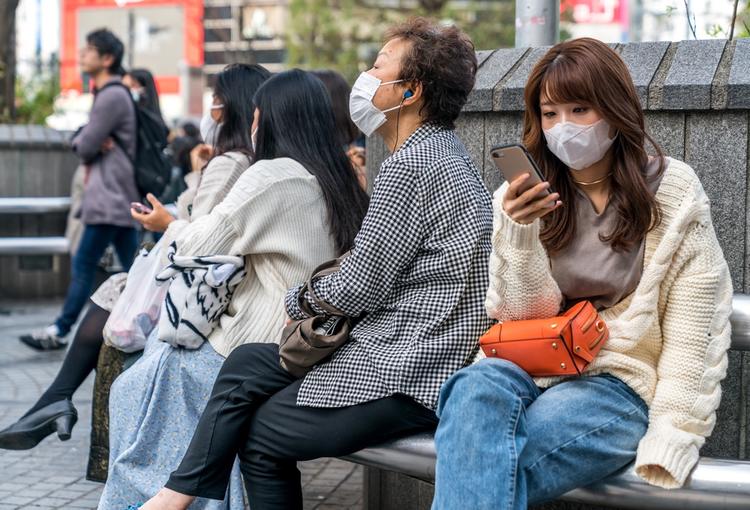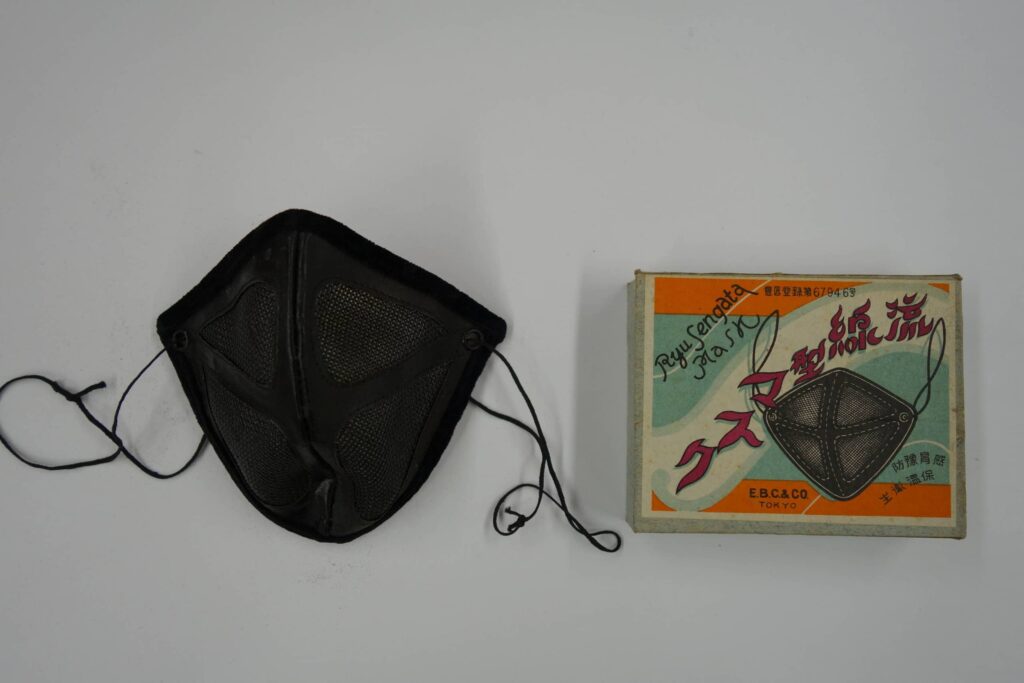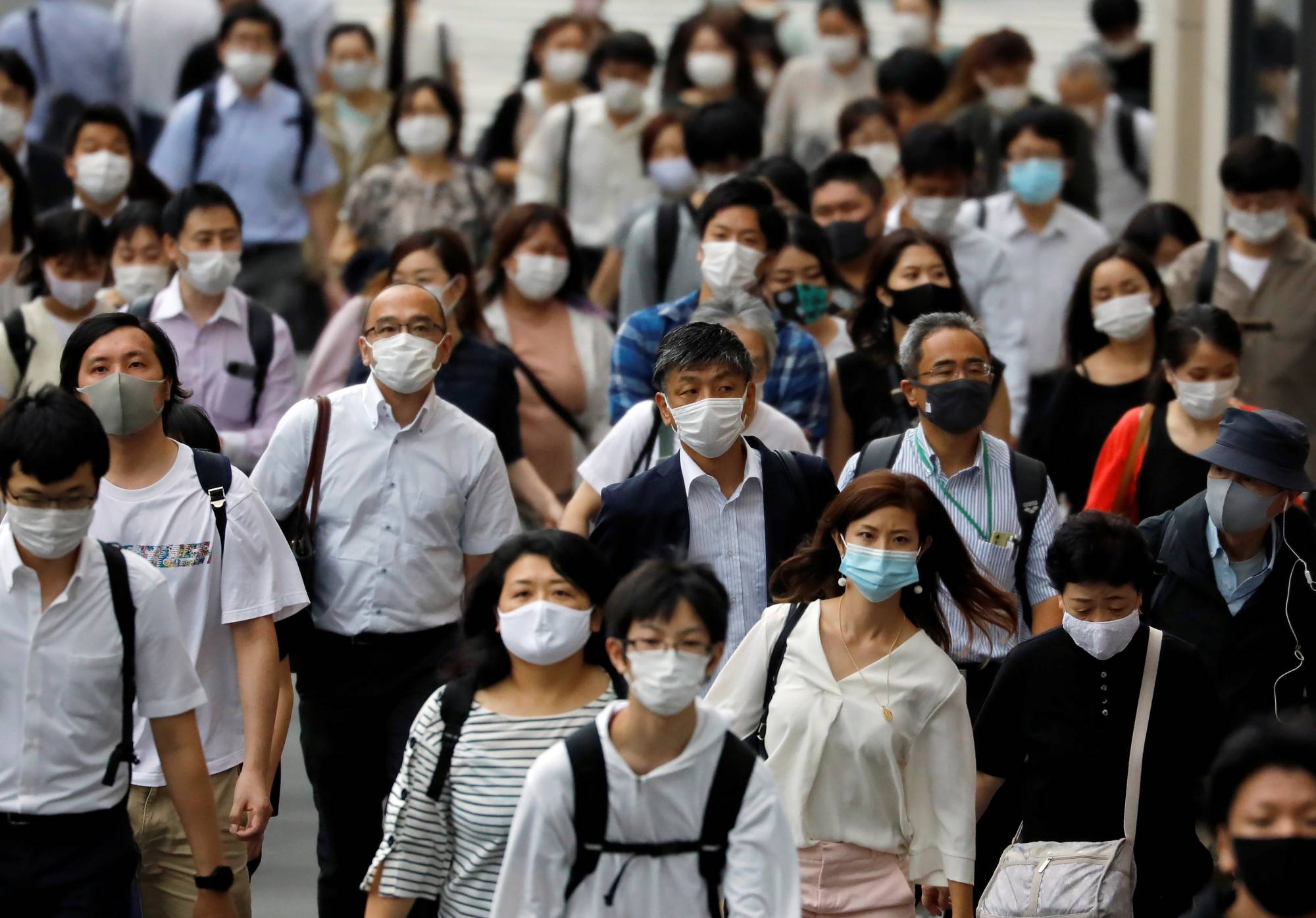By Theofanis Fousekis,
The region of Asia has a long history behind the usage of protective masks which began well before the outbreak of the recent Covid-19 virus. Before the spread of the pandemic, people may have observed that Asians have a habit of using protective masks in their everyday life even without the threat of a virus. Though this may be a new phenomenon for a European or an American citizen, in Asian culture this habit goes back a few centuries.
While wearing a protective mask has become a politically charged issue in other countries such as the USA, countries in East Asia are accustomed to it. In general, countries in eastern Asia adopted the daily usage of protective masks after the 2003 SARS outbreak in China. All the countries that could number their fatalities cemented the opinion that the best way to contain an outbreak is by using protective masks. Japan however counted zero fatalities. Yet the usage of masks has integrated in the Japanese society. To further understand the relationship between Japan and masks, we must dive in deeper to Japan’s history.

Image source: https://www.tsunagujapan.com/japan-mask-culture-explained/
“目は口程に物を言うめはくちほどにものをい” is a Japanese proverb that translates as followed: “The eyes speak as much as the mouth.” A phrase that captures the nature of Japan’s habit using protective masks throughout the years. It all started during the Edo Period (1603-1868) in Japan where the practice of covering your mouth was adopted by the majority of the population. Covering the mouth with paper, a piece of cloth or the sacred sakaki (Japanese cleyera) prevents one’s unclean breath from disturbing religious rituals and festivals. This custom existed since ancient times and was mainly practiced at Yasaka Shrine in Kyoto and the Otori Grand Shrine in Osaka.
Modern history of mask wearing begins with the Meiji Era (1868-1912). At the beginning, protective masks were made from cloth with brass, wire mesh filters. They were mainly imported for mine, factory and construction workers. Progressively, celluloid took over for metals to become the main material of choice for the mesh filters. Their price was around 3,500 yen which is around 28 euros.
The mask business though flourished during the Taisho Era (1912-1926) for a plethora of reasons. World War I is one of the biggest reasons as to why the mask business expanded during that period. Factories were filled with orders from Europe while Japan’s own imperialistic tactics in Asia also contributed to the booming of the industry. At the same time, a massive pandemic of influenza killed around 40 million people – even more than the people that perished in WWI. Until 1919 when the pandemic faded, people started to wear scarves, veils and masks as a mean to protect themselves.
One year later face masks turned to be an everyday product as the Spanish flu killed more than 10 million people around the world between 1918 and 1920. In Japan alone, around 400.000 people perished without counting the people that died in the Japanese – at the time- colonies. The suffering though does not end there. Two years later, the Great Kanto Earthquake of 1923, caused a massive inferno that consumed many homes and filled the air with smoke and ashes for weeks. With air quality suffering, face masks became the newest accessory in the streets of Tokyo and Yokohama. The motto of newspapers back then was “reckless are those who don’t wear masks.” Certainly, a motto than can be used nowadays too.
During the Showa period (1926-1989), masks started to take the form they have today. In 1934, a second global flu tied the knot between Japan and face masks which began to be worn especially during the cold winter months when people fell ill –given Japan’s demanding social courtesy. World War II brought cheaper materials to the forefront as shortages in raw material arose. In the end of WWII, the face mask –once a symbol affluence– was reduced to a mere piece of gauze attached to strings.

Image source: https://www.japantimes.co.jp/news/2020/07/04/national/science-health/japans-history-wearing-masks-coronavirus/
During the ‘50s Japan’s rapid and enormous industrialization led to air pollution. Thus, face masks became an all year round necessity. Today, Japan buys and consumes more than 230 million dollars’ worth of surgical masks per year. A practice that other industrialized countries facing air pollution problems such as China and South Korea have adopted.
Someone may point out though that air pollution is a problem that many industrialised countries around the globe face. Yet, they have not adopted face masks as an everyday accessory. Why then did East Asian nations evolved it into a trend?
Except history itself that presents a variety of reasons as to why East Asian countries have long adopted the usage of masks in their everyday life, we have to search also the philosophy of Taoism and health precepts in order to fully understand the roots of this phenomenon. Breathing is a central component in Chinese philosophy. “Qi” has to do with energy and vapor. Its means vary from “air” to “atmosphere”. When qi is depleted, pain and disease develop. Meanwhile, “feng” means “noxious wind”. Breathing of “feng” consists in accordance with traditional Chinese medicine one of the “Six External Causes” of disease. Plus, East Asia has a number of superstitions about air and wind. For example, in Korea the “fan death” –the fear of sleeping in rooms with running electric fans– still remains a phobia of many people to these days.
Bottom line? East Asia’s history with face masks started long before the idea of face masks even appeared in Europe. Starting as a means to contain a disease in medicine and evolving into a high-class accessory to become the means of social courtesy for the ill in order not to pass on the disease to other people. Influenced by historical events and combined with religion, face masks became a norm in these countries and they have well cemented their foundations in Asian culture.
References
- The Japan Times, Deep Dive: Looking beneath the surface of Japan. Available here.
- VOA News, Not just Coronavirus: Asians have worn face masks for decades. Available here.
- TLS Medicine, A short cultural history of mask-wearing. Available here.




